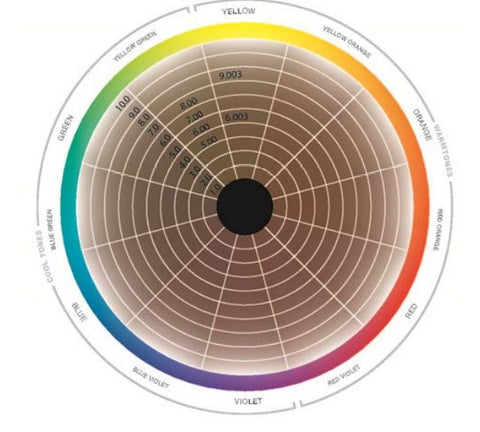REF Stockholm Specifications
REF Stockholm Specifications
From the time of ancient Egyptian women until today, women have always sought ways to enhance their natural beauty. We have evolved from Henna, herbs and spices to the combination of nature and 21st Century science to develop hair colour that performs to the highest standards and expectations of today’s modern women.
REF Hair Colour limits the amount of chemicals used in the production of it’s products adding natural ingredients to enhance condition, shine and durability to our colouring system.
ALOE VERA Long known for it’s healing and moisturizing properties, Aloe also brings antibacterial and soothing ingredients to the scalp during the process.
LOW AMMONIA With less than 2% average Ammonia content, REF ensures proper lift and deposit ratios at any level of colour choice.
ANTI AGING Contains “Thermus thermophilus”, an effective, heat activated antioxidant that pro[1]tects the hair and scalp from both UV-A and UV-B rays.
THE CLASSIFICATION METHOD
REF Hair Colour System refers to the International numbering system:
Number before the decimal = Hair colour level
First number after the decimal = Main Reflex *(tone)
Second number after the decimal = Secondary Reflex *(tone)
This is an example of the colour influence breakdown:
7.0 100% Natural Level Olive Green based colour.
7.00 100% Natural level 7 with heavier pigment load for Grey coverage.
7.3 50% Natural level 7, 50% Gold influence.
7.31 50% Natural level 7, 30% Gold influence, 20% Ash influence
7.036 70%Natural level 7, 20% Gold influence, 10 Red influence
5.66 25% Natural level 5, 75 % Red influence

* Reflex= REF interpretation of reflection
- Black
- Extra Dark Brown
- Dark Brown
- Brown
- Light Brown
- Dark Blonde
- Blonde
- Light Blonde
- Very Light Blonde
- Extra Light Blonde
- Special High Lift
Hair color levels
Hair colour levels are classified using the reference scale: (From the darkest to the lightest shade)

0 Natural
.00 Intense natural
.1 Ash
.2 Pearl
.3 Golden
.4 Copper
.5 Red Brown
.6 Red
.7 Violet
.9 Green
To identify the type of tone the numbering system defining the colour level is followed by a second number separated by a dot.
Example 5.56
5 = Level
5 = primary tone of red/brown
6 = secondary tone of red
PRIMARY AND SECONDARY COLORS
The three primary colors are:

REF COLOUR WHEELS
The two Colour Wheels represent the basic colourimetry. The placement of the colours helps you define the primary, secondary and tertiary colours and to identify comple[1]mentary colours. For example, the colour purple and yellow are on the opposite sides of the wheel which shows that they are each others complementary colours. Blended in equal parts, they neutralise the reflection.
This Wheel shows the nuances that has a higher quantity of basic brown pigment*, for a total grey coverage. The .00 and.003 are double pigmented colours which gives a darker result and is placed accordingly.

This Wheel shows the nuances that has a higher amount of reflections and gives a vibrant, intense colour result.

* When mixing three primary colours you obtain brown. The natural colours have a variable intensity of brown according to the level. This is to ensure a perfect grey coverage.
